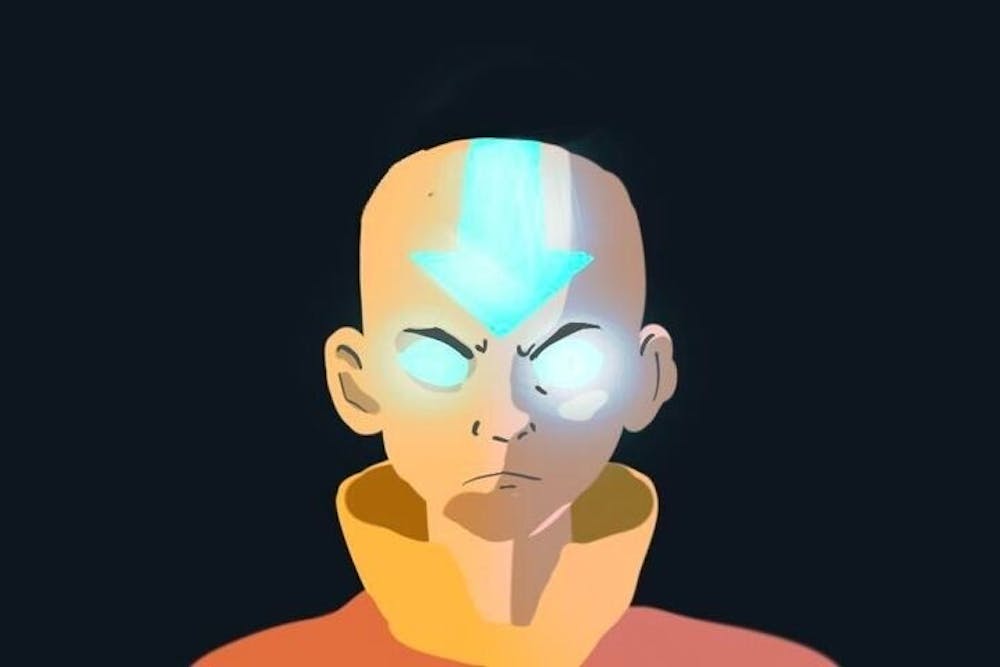The massively popular second life of animated series Avatar: The Last Airbender is well–documented and well–deserved. A staple of our Nickelodeon childhoods, the critically acclaimed show was especially meaningful for children of Asian descent.
Though I watched the show during its resurgence on Netflix, nearly a decade after its original release, it quickly wormed its way into my heart. Recognized for its integration of Asian culture and thematic depth, as well as tightly–knit stories and character arcs, the series has solidified its place in television history. Though intended for younger audiences, it's beloved by audiences of all ages; so it’s no surprise Netflix announced plans for a live–action adaptation of the series.
The celebrated history of the show is tainted by one major stain: the 2010 film adaptation from M. Night Shyamalan, an adaptation so reviled by critics and audiences alike that most fans pretend it doesn't exist.
The notorious legacy of the film makes it all the more worrying that original creators Michael Dante DiMartino and Bryan Konietzko have left the Netflix production, citing creative differences. It’s not an auspicious beginning or a sign that the adaptation will stay true to the original show's values.
It’s obvious where the Shyamalan film went wrong. Trying to compress an entire season of carefully crafted story into one film was the start. However, its greatest sin was its casting choices—Asian and native protagonists were played by white actors and actresses. The only exception was the villainous fire nation, which was not only stripped of any nuance, but was a nation of brown people fighting the white heroes. As an Indian person, it was discomfiting to be given so much representation in the worst way: for cultural aesthetic and solely on the side of the bad guys. Dev Patel as Zuko was an inspired casting choice, but not if he was going to be the only main cast member of color.
At its root, the issue faced by many adaptations of children’s media seems to be oversimplification. Whether creators try to simply cram a lot of plot into a short amount of time, make adaptations fit some criteria for mass appeal, or think children can’t handle complex themes and topics, these adaptations always go wrong in some way or another. A notorious example is the film adaptation of Percy Jackson & the Olympians: The Lightning Thief—the plot was changed and characters were aged up with no thought to the beloved book series.
Some unsubstantiated rumors flying around the internet speculated the original creators left the ATLA adaptation because Netflix wanted to make the show more “mature.” Though there’s no evidence this reasoning is true, it struck many fans because it keyed into a major fear many have about adaptations of children’s media—creators making changes in order to appeal to a generic mass audience that ultimately take away from the complexity and depth of the original.
Avatar: The Last Airbender and more contemporary popular children’s shows like Steven Universe and Adventure Time already appeal to audiences of all ages because they are written with the knowledge that children can handle complex, profound, and dark themes. Many well–adapted children’s properties—think of Bridge to Terabithia or A Series of Unfortunate Events—do well because they are dark but still star and appeal to children. In the case of A Series of Unfortunate Events, the adaptation stayed loyal to the aesthetic and values of its novels due to author Daniel Handler (better known as Lemony Snicket) being extensively involved as writer and producer.
On some level, it’s unbelievable that live–action adaptations of animated projects, especially those with access to substantial budgets, fail so often. Unlike with adaptations based on books, it seems like all the hard work is already done. After all, a blueprint already exists. The story, script, and style are pre–made and proven to be successful. Just translating the original media exactly to a live–adaptation would probably result in a commercially successful project—just look at Disney’s bland live–action adaptations like The Lion King, which almost directly copied scenes from the original animated movie.
However, even Disney makes changes when they adapt movies from animated to live–action. Adaptation is inherently transformative, and making good live–action adaptations is difficult. If Netflix isn’t up to the task for some reason, it’s probably better that they leave such an amazing show alone.
Maybe the issue isn’t even how to make a good live-action adaptation, but whether live–action adaptations should be made at all. Animation is a far more flexible and creative medium, so the obsession with live–action almost never results in something better than the original. There are so many original ideas in the shifting creative landscape of entertainment that deserve a chance instead.
Maybe there’s still hope—after all, even the original creators don’t always make projects their audiences love. The handling of post–ATLA canon has been hit-and-miss with many fans, and DiMartino and Konietzko worked within a larger creative team when they made the original series. Maybe, with the M. Night Shyamalan film hanging over their heads, Netflix will make a good live–action adaptation. But with the entertainment industry being so deeply motivated by profit and monetary gain, hoping seems naïve.

